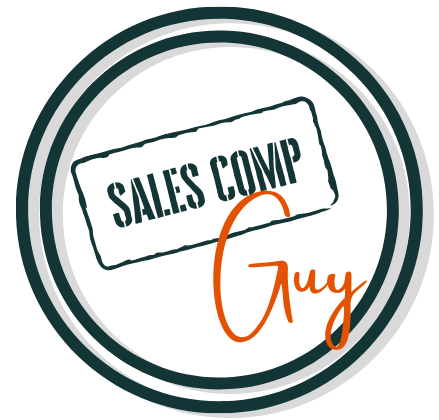What to do when you can't hire at median market pay.
It's time to get creative...

One of the biggest mistakes you can make as a company hiring your first salesperson is to try and compete with the more established companies. The easiest path towards direct competition is to try and set your pay to your competitors’ pay level.
While market value is certainly a key factor, the first place you should start is your own finances. Can you afford the salesperson? To answer this question, you have to dig into your own finances and take into consideration your current revenue, the amount of time it will take to onboard and train a new salesperson, the amount of revenue they’ll need to bring in to cover their salary, how you want to incentivize results, and many more factors.
But for the purpose of this post, let’s skip to the part where you’ve determined you need a salesperson and you can afford a salesperson, but you can’t compete with the market.
Don’t despair, because there are several things you can do to attract talent with your existing financial model . And keep in mind that as your company grows and evolves, so will your sales compensation plan. Better to make a realistic offer grounded in financial reality now and scale up than to have to scale back.
Side note - It is worth calling out that the practice of offering “market” pay levels generally refers to the median or the 50th percentile from an aggregation of survey data for most companies. And it is really a range – not a point - because there should be differences in what you’d offer to candidates based on their knowledge, skills, and abilities.
In the event you can’t compete with market compensation, here are three things you can do.
1. Modify your coverage model.
The coverage model is how your company intends to utilize a sales role to address the target market. You may have initially envisioned equipping your salesperson with a dream, an incentive, and a briefcase full of leads before sending them out into the world to collect sales. But field sales is not the only way your company can create growth.
If the coverage model you initially wanted to hire for is beyond your financial scope right now, consider other incremental ways of covering the market. Perhaps there is opportunity for inside sales, pursuing smaller transactions on the lower end of your product line. You might also consider partnerships or affiliates as a revenue stream.
The point is to counter financial obstacles with creative approaches so that you can create sustainable growth for your company.
2. Downgrade the Position
Take a look at the compensable factors in the job description you’ve created to hire your sales role. I’m talking about education levels, industry experience, communication and presentation skills, level of autonomy and responsibility exercised, complexity of duties, working conditions, supervision/direction required, etc.
These factors play a role in determining the market value of the job. If your job description has put you out of the range of an affordable competitive offering, consider downgrading some of the compensable factors.
Require less education. Or be willing to take on a little more training for a less experienced salesperson. It may be disheartening to think that you can’t have that top-of-the-industry salesperson you imagined, but keep in mind that everyone starts somewhere. And if you can develop a good eye for talent, you, your company, and your new salesperson will be able to grow and scale together.
3. Ensure Greater Reward for Performance
This is probably the easiest solution if it’s financially feasible. You can meet the market competitive pay range by lowering the base salary and raising the amount of the variable pay. This works if your salesperson’s performance can not only cover the costs of their salary and incentive, but also grow the company profitability.
Word of warning, though: Make sure your pay curve accounts for your costs at every point, or at least starting early enough in the curve to offset any risk. If your salesperson must sell an extremely challenging amount of product in order to cover their costs, it’s not worth it unless you don’t mind floating in the red for an indefinite period of time…which I don’t recommend.
The other point to make is that, as you grow, be sure to right-size the mix. Don’t add to the team with this imbalance of a low base. It is a one-time exercise but should not be perpetuated.
The bottom line is, with a little time and creativity, you can align the compensation levels with sales roles that can support your growth. The important part is to know your numbers and acknowledge the gap, rather than hiring above your means and not be able to afford to keep a quality candidate.
Use these options in order to bring on board a competent and valuable sales asset who can help your company grow. Making sound financial decisions like this early in the process will set you up for strong, steady growth in the long-term.













